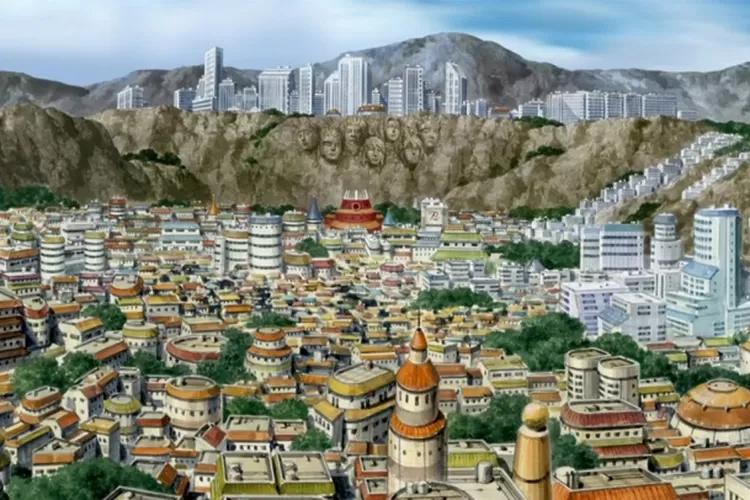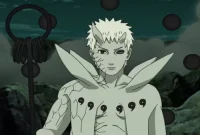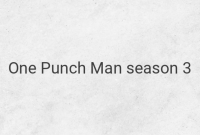When it comes to the Naruto anime and manga series, one of the most intriguing aspects is the power dynamics and characteristics of the 5 major countries. Each country has its own unique combat power and leadership, making for an exciting and diverse storyline. In this article, we will delve into the details and provide classification and additional information about these major countries.
The fanbook created by Masashi Kishimoto serves as a valuable resource for Naruto fans, as it offers in-depth insights into the 5 major countries. This fanbook includes artwork from other manga creators, as well as details from Masashi Kishimoto’s original manga. One can find everything they need to know about the 5 major countries in the official fanbook II: Kai no Sho.
The official fanbook II: Kai no Sho is set in the Gokage Kaidan arc of the Naruto series. This arc focuses on the power struggles and conflicts between the major countries, giving readers a deeper understanding of their dynamics. Through this fanbook, fans can explore the rich lore and history of each country.
Let’s start with Konohagakure, also known as the Hidden Leaf Village. Throughout the series, Konohagakure has faced dark times and undergone significant reconstruction. Despite the challenges, this village boasts formidable combat strength and has produced exceptional shinobi. The resilience of Konohagakure is truly remarkable.
Next, we have Sunagakure, the Hidden Sand Village. This village has implemented policies to bridge the power gap with other villages. The leaders of Sunagakure are dedicated to improving the combat strength of their shinobi, ensuring that they can stand toe-to-toe with their rivals. The dedication and determination of the Hidden Sand Village are admirable.
Moving on, we come to Iwagakure, the Hidden Stone Village. Under the leadership of Tsuchikage Oonoki, this village had a militaristic approach. The Hidden Stone Village prioritized strength and made significant efforts to enhance their combat power. The leadership style in Iwagakure was truly unique and shaped the village’s identity.
Kirigakure, the Hidden Mist Village, has an intriguing history. It was previously ruled by a terror regime, but under the guidance of Mizukage Mei Terumi, the village has undergone significant changes. Kirigakure is now known for its resilience and determination. The transformation of the Hidden Mist Village showcases the strength of its people.
Lastly, we have Kumogakure, the Hidden Cloud Village. This village specializes in lightning techniques and is renowned for its mastery over them. Additionally, Kumogakure is home to its own Jinchuuriki, who possess the Nibi and Hachibi. These powerful beings enhance the village’s overall power and contribute to its unique combat strength.
In conclusion, the Naruto series features 5 major countries with varying combat power levels. Each country has its own distinct characteristics and leadership style. Konohagakure, Sunagakure, Iwagakure, Kirigakure, and Kumogakure each offer a unique perspective and play a crucial role in the overall storyline. Whether it’s the dark past and reconstruction of Konohagakure or the lightning techniques and Jinchuuriki of Kumogakure, there’s something for every Naruto fan to appreciate. The power dynamics and characteristics of these major countries add depth and intrigue to the series, making it a captivating adventure for all.





